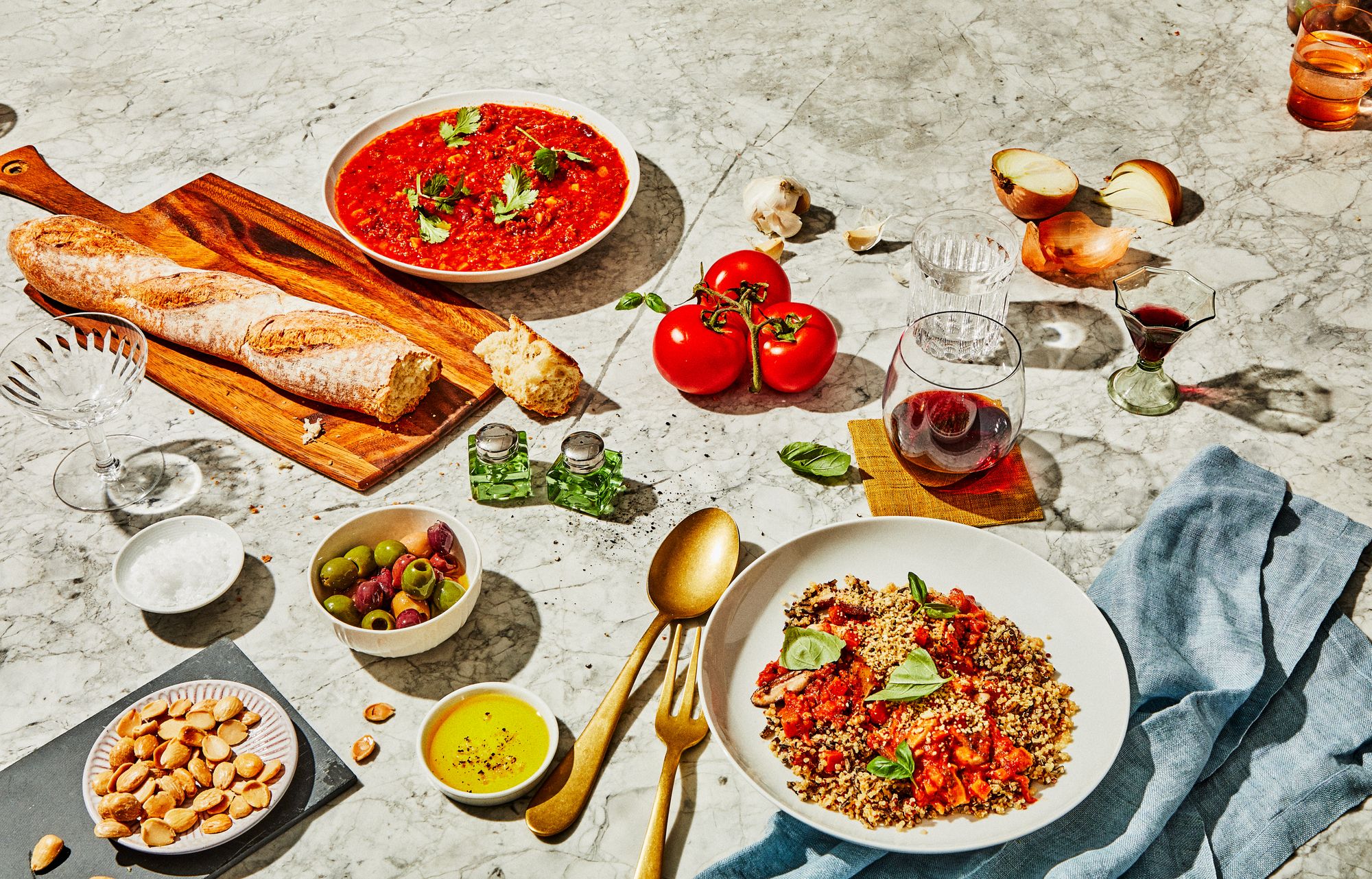
We asked our friends from Snowe Home to give us some easy tips to make your meals go from blah to wow! With our current national situation (please, stay at home!), we know it's easy to just stay in your PJ's all day, pop something into the microwave, and eat it from the container. But why not make your meals a little more special?
Some tips and tricks for plating the perfect meal from Snowe Home founder, Andres:
Plating can be challenging. Often viewed as an unapproachable or unnecessary art form, executed by only top chefs in the hallowed galleys of Michelin star restaurants. But even for everyday meals, I like to employ a few simple rules when plating, even if it’s just for myself at home. After spending precious time and effort shopping for ingredients, perusing recipes and toiling in the kitchen to create a delicious meal, there are few culminations less satisfying than digging into an ugly plate of food.
1) The Right Vessel:
To create a beautiful, appetizing dish, the backdrop can be as important as the food itself. Deciding between a flat wood or marble serving board, a salad plate or a dinner bowl, is as much a decision of the food you are serving as is how it looks, feels and is interacted with. While I use a wide range of dinnerware and serveware when plating, I try to think about the vessel I will plate with before or while the dish is coming together. I try to visualize what it will look like and be intentional about how it comes together on the piece. The most versatile piece of all is the dinner bowl. Gentle curves mean it can act as a plate, bowl or a smaller piece of serve ware for a side or garnish.
2) Consider Color:
In my mind there’s nothing more pleasing and versatile than a crisp white canvas, especially at home. That said, I’ll play with small accessory plates and bowls of other colors and materials (e.g. horn, metal, wood, marble) to add in accents to the tablescape. When plating a dish, I’ll take a look at the palette of colors coming from the ingredients and other components and try to arrange them intentionally so that colors complement each other visually. That can be as a gradient of tones or a more even distribution. It doesn’t have to be anything too fancy, but simply doing it with intention will result in a more composed plate. Garnishes can also be used to tie things together.
3) Finish with a Garnish:
That fresh mushroom soup or grain bowl you made is probably delicious. But sitting down to a uniform bowl of brown or warm tones isn’t doing your efforts justice. Use a dollop of cream, chopped fresh herbs, a lime wedge, pickled vegetables or a pinch of seeds or spices to bring a pop of color or contrast to your dish. You’ll also get the bonus of a refreshing contrast of taste and texture. The trick is not to overdo it.
Inspired to get plating? Check out Snowe's dishware, serveware, and more! Get 20% off with our special discount for you.
